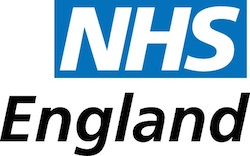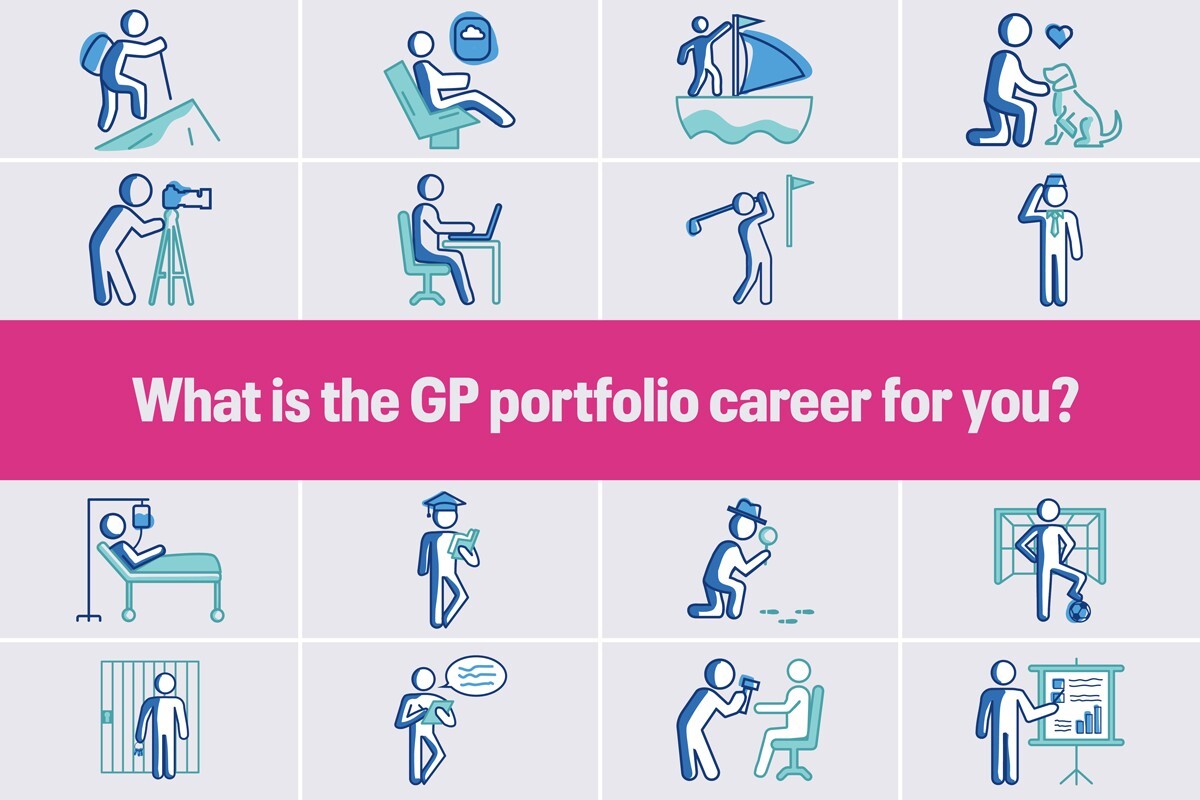In full: Advice from NHS to practices affected by QRISK2 IT error

Dear colleague
QRISK2 review process
You may have heard of today’s announcement from TPP about the issues with the QRISK2 score calculator integrated into ‘SystmOne’ (appendix 1) for background).
We recognise that the subsequent process to review patient records will add to the workload of busy practices and we wanted to let you know that NHS England, in conjunction with TPP, will be evaluating the implications for practices.
It is estimated that the average SystmOne practice may need to review up to around 100 patients. Many patients will not require a face-to-face review and, for some, a phone call will be sufficient. For some patients, practices will wish to call patients in for reassessment and to discuss their newly calculated cardiovascular risk profile. For patients where a face to face consultation is required, I attach some suggested template letters for you to use if you wish (appendix 3).
Advice has been issued from NHS England National Clinical Directors regarding priority groups for clinical review (appendix 2). To support the review process, TPP have published a system-wide statins/antihypertensives Review Template on SystmOne. The template is called ‘QRISK2 10 Year Risk Score Review’ and will support practices in undertaking patient reviews. For non-SystmOne practices, information regarding any patient who has moved from a SystmOne practice who potentially may be affected will be shared through HSCIC.
We also wanted to let you know that TPP has agreed to undertake, over the next month, an in-depth review of their systems. A key objective, as part of that process, will be to identify the likely impact on general practice in responding to this incident and consider any appropriate compensation. We will therefore be working with a number of sample practices to audit the workload impact of this incident in order to feed into that review.
We will share further information regarding the outcome of the review process in July.
As always we would like to thank you for your continuing hard work and focus on your patients.
Best wishes,
Dr David Geddes
Head of Primary care Commissioning
Appendix 1:
QRISK2 Incident
Background
The QRISK2 software tool is used to estimate 10 year cardiovascular risk in individuals.
In April 2016 TPP (The providers of the SystmOne IT system) identified code mapping errors with the integrated QRISK2 Calculator, which is used to estimate 10 year cardiovascular risk in individuals. The issue occurred when the QRISK2 calculator on SystmOne was pre-populated with entries from the medical record, or when QRISK2 scores were used to identify patients through Clinical Reporting. As a result, scores given to patients in practices using SystmOne since 2009 may have been inaccurate. If clinicians have cleared the calculator and manually entered the patient data and medical history fields, the score will not have been affected by the code mapping error. These errors in code mapping do not affect use of QRISK2 when used online.
As a safety precaution TPP asked GPs to stop using the QRISK2 Calculator whilst an investigation was carried out. With assistance from HSCIC and MHRA new code mappings have been created and the QRISK2 Calculator within SystmOne has been validated for use.
Following advice from NHS England, TPP have designed Clinical Reports which identify four cohorts of patients who should be prioritised for clinical review. These reports show a newly calculated current risk score for the patient generated by the validated tool.
For non-TPP (SystmOne) practices, information regarding any patient who has moved from a SystmOne practice who potentially may be affected will be shared through HSCIC.
Newly calculated current risk scores will be higher in some patients and lower in others. Some of the increase or decrease may be due to the original code mapping error and some may be due to change in risk factors or treatment with statins since the original score was calculated. Tests suggest that the average gap between the original and newly calculated current scores is relatively small. The main clinical risk for patients arises when the change in score has taken them above or below the threshold at which treatment is usually considered.
TPP’s user guidance on SystmOne will help practices to identify patients for call/recall and support reviews.
NHS England National Clinical Directors have given the following recommendations regarding any patient reviews
——–———————————————————————————————————————————————————————————-
Appendix 2: Advice from NHS England National Clinical Directors
Dr Matt Kearney, GP and National Clinical Director for Cardiovascular Disease Prevention
Professor Huon Gray, Cardiologist and National Clinical Director for Heart Disease
1. Prioritising reviews of cardiovascular disease (CVD) risk
NICE recommends that statins are offered to people whose 10 year CVD risk score exceeds 10% and in whom lifestyle changes are ineffective or inappropriate. Until 2014 the NICE threshold for statin treatment was higher at 20%. NICE guidance (2011, nice.org.uk/guidance/cg127) also recommends that people with stage 1 hypertension (systolic blood pressure between 140 and 160 mmHg) in whom the ten-year CVD risk is above 20% should be offered antihypertensive medication. NICE are scheduled to review hypertension guidelines in June 2016.
The reports created for GP practices will identify affected patients in four categories. All patients who have been given a clinically significant erroneous risk score will need to be informed of this, how this has come about, implications for their care and what actions they can take. Some of this can be done opportunistically over time, but some patients will need more timely review, with priority being given to those who are at the greatest risk of clinical consequences. The following would be a reasonable priority order:
- Patients who are not on statins, whose original QRISK2 score was below 20% and whose newly calculated current QRISK2 score is 20% or higher and patients, who are not on statins, whose original QRISK2 score was below 20% and who have a clinical condition for which statins are recommended as they are inherently high cardiovascular risk.
- Patients who are not on statins, whose original QRISK2 score was below 10% and whose newly calculated current QRISK2 score is between 10% and 20%.
- Patients who are on statins whose original QRISK2 score is 10% or higher and whose newly calculated current QRISK2 score is less than 10%.
- Patients with hypertension who are not on antihypertensive medication, whose original QRISK2 score was below 20% and whose newly calculated current QRISK2 score is 20% or higher.
It is important to note that the newly calculated score is derived from most recent rather than historical patient data, and so part of an individual’s increase in risk score might reflect change in age and clinical conditions over the time period. It is the newly calculated current score that should be used to determine the clinical management.
2. Using the QRISK2 score
NICE makes clear in its guidance that all CVD risk assessment tools provide only an estimate of CVD risk, and that interpretation of CVD risk scores should always be informed by clinical judgement. The QRISK2 calculator is a decision aid that helps us communicate risk to patients. It is also important to remember that QRISK2 should not be used to estimate CVD risk in people with established CVD, or in those with type 1 diabetes, chronic kidney disease 3-5, familial hypercholesterolemia and people over the age of 85 – these individuals should be regarded as being at high CVD risk without the need for risk calculation, and be managed accordingly.
3. How should we advise our patients?
The NICE guidance and quality standard on cardiovascular risk are derived from very strong evidence that lifestyle changes and statins are effective in reducing the risk of cardiovascular events and premature death in our patients. Lifestyle changes should be offered first, and behaviour change should be supported. But if that does not significantly lower cholesterol and risk score, patients should be advised to consider treatment with statins because of the strong cardio-protective effect that these drugs offer. People at increased cardiovascular risk who take statins are significantly less likely to have a heart attack or stroke. Modelling developed by NICE to inform its most recent guidance suggested that every year 8,000 deaths, 28,000 heart attacks and 16,000 strokes could be prevented in England through wider use of statins for primary prevention.
Small numbers of your patients may have an original score over 10% and be taking statins, but have a newly calculated current score below 10%. In this situation it will be difficult to know whether they would still be in the high risk category had they not been treated with statins, because their measured cholesterol on statin therapy will obviously be lower than it was pre-statin. This uncertainty should be discussed with the patient so that they can make an informed decision about whether to stay on treatment. A reasonable approach to this would be to advise patients that we do not know what their correct ‘untreated’ score would be. Together with lifestyle advice, they could opt to continue on statins, or to have a trial off statins. If they choose to stop statins, the CVD risk score could be repeated annually with the option to restart if the risk score rises above 10%.
4. What about patients that have left my practice?
Patients that have moved to another SystmOne general practice will be reviewed by the general practice where they are registered.
HSCIC will trace patients who have moved from SystmOne and will share the patient’s NHS Number, previous QRISK2 score and newly calculated current score (based on records available to TPP) with the patient’s current general practice. This will provide the minimum necessary information required to enable contact tracing.
For further clinical advice, please contact the NHS England customer contact centre.
Telephone: 0300 311 22 33
Email: [email protected]
Post: NHS England, PO Box 16738, Redditch, B97 9PT
British Sign Language (BSL): If you use BSL, you can to talk to us via a video call to a BSL interpreter. Visit NHS England’s BSL Service.
Our opening hours are: 8am to 6pm Monday to Friday, except Wednesdays when we open at the later time of 9.30am.
Portfolio careers
What is the right portfolio career for you?













